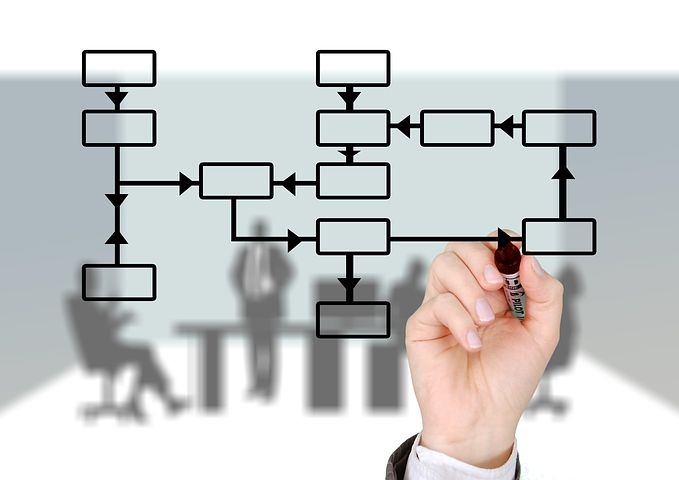How Companies Utilise Modern Reverse Logistics Operations to Achieve Their Objectives
Manufacturers, retailers, sellers and developers who take advantage of modern reverse logistics operations are able to embrace the best of modern technology in 2019.
Experienced professionals in these departments know that a balance has to be struck between human endeavour and digital operations, but new developments have laid the platform for such an environment to be created.
Here we will take stock of how companies utilise modern reverse logistics operations in order to achieve their stated objectives, offering insights for outlets who are looking at updating their own commercial culture in the process.
Adapting System to Individual Business Requirements
Companies in 2019 who utilise modern reverse logistics operations are able to adapt software packages and key practices across the board of their enterprise. This is an approach that filters down to all levels and departments within the business. From the sales and marketing teams to IT, e-commerce, shipping, storage and transport to technical support and customer service – the concept can be drafted according to the circumstances established by the business. System support is integrated in stage two of this project, ensuring that all elements have been factored in before engaging on that level.
Automating Key Practices
A key selling point of partaking in modern reverse logistics operations is the capacity for a brand to expedite their procurement processes. That is an objective that is achieved mainly through automation, allowing for employers, employees, couriers and other vested interests to play their role in other facets that help to save time and drive efficiency markers. When processes in the supply chain are automated and reliable, that will help to eliminate waste, added costs and provide a better service for the main constituents – the customers.
Flexibility for Manual Processing
The good news about contemporary reverse logistics operations is that automation is not a practice that is enforced. It is simply a tool that becomes an asset to save on time and resources, giving individual participants the flexibility to opt for manual processing. Given the intricacies and complications involved in manufacturing, selling and distributing goods, it can be necessary to empower outlets with their own level of control when they believe that the software cannot best manage certain operations.
Overseeing EDI Control Operations
One of the benefits of embracing modern reverse logistics operations is that the organisation is able to optimise their use of electronic data interchange or EDI for short. This is a process that sees digital information and currency exchange hands, allowing for business partners, stakeholders, investors and other direct interests to easily trade and work alongside the organisation. Should a modern framework be incorporated for the environment, then the security, quality and efficiency of these processes will be improved. Such a benefit will be passed on to all parties dealing with the enterprise.
Clear & Transparent Lines of Communication
Problems arise for organisations when lines of communication are not clear and transparent. As officials from various departments try and manage their own affairs, cases of oversight can easily emerge. That is why the use of modern reverse logistics operations ensures that roles are clearly designated and messages and signals are read and communicated in real time.
Superior Security & Risk Management
Managers and executives will always look for strategies that help them to minimise their exposure to risk. Whether that is seen through a financial prism or in the context of logistical issues that cost labour, time and money – they are all elements that have to be considered. This is where reverse logistics comes into play, putting strategies like consignment stock options into the frame to allow consignees to help manage key assets.

